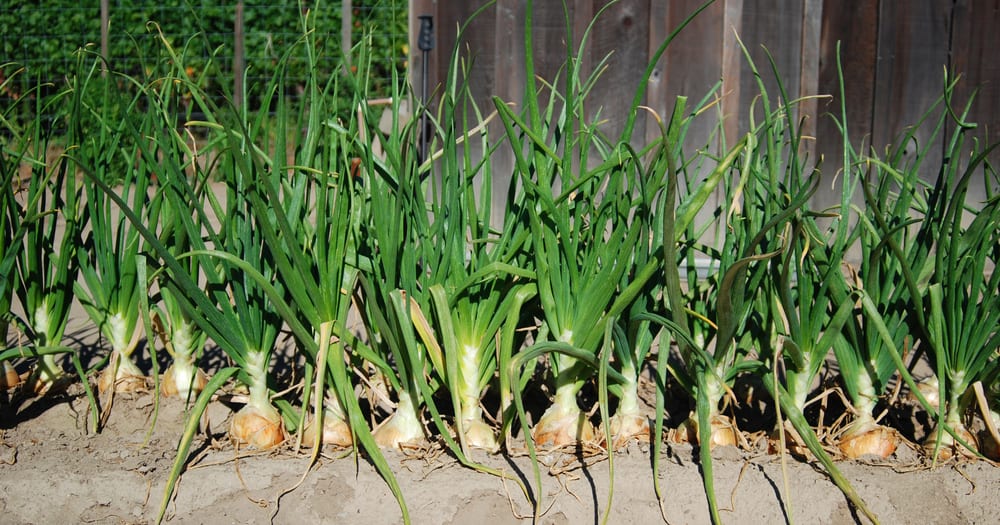Deciding when to plant your veggies in Central Texas can be a delicate dance! While we don’t get frigid winters like our northern neighbors, just one freeze can be enough to kill tender shoots and leaves. But if we wait too long, those same delicate plants will get scorched by the hot sun and won’t be able to grow the vegetables we’re hoping to harvest.
The last freeze in the Austin area (zone 8) is usually in mid-to-late February, so nearly all veggies need to be moved to the ground after that date — although there are some exceptions, as we’ll see. Follow this guide to make sure you’re setting your plants up for success and not starting them too early or too late.
And make sure to choose veggie varieties that can withstand our hot summers!
Starting seeds indoors
If you have the space to start your seeds inside, then you can get a jump start on your spring planting. You may think that you’re safe to plant outside as long as the threat of frost has passed. But in fact, some seeds won’t germinate at all unless they’re kept warm, and early spring nights in Texas — even in March and April — can get a little too cold for seeds.
Keep your seeds at a temp of at least 75°F. Use a warming mat if you have one, or put them on top of the refrigerator. Once they sprout, you can move them to a sunny windowsill to keep them going until they’re ready to move outside.
Now let’s talk about when to plant some common vegetable crops.
Beans

Green beans love Texas. The best varieties for our climate are fall beans, rather than springs beans. Look for bush bean varieties that create a high yield and are easy to grow.
These tasty green beans need 60-70 days of good sunny weather conditions before they’re ready to pluck. Transplant them or plant them outside in late June or early July for a late August or early September harvest.
Broccoli
Even though it’s considered a cool-weather crop, many Texans have success with broccoli in their vegetable gardens. Broccoli wants a nice nutritious soil, so prepare ahead of time with a layer of organic matter a few weeks before you sow your seeds or move your sprouts. Mix the organic matter (compost, leaves, or other plant material) in well with the soil and give it time to release its nutrients.
Broccoli, along with many other cool-weather crops, has two short growing seasons in our hot climate. For spring broccoli, start your seeds indoors in early February, and plan to move them to the garden bed in mid-March. You should have heads of broccoli ready to harvest by late April or early May. For fall broccoli, start seeds inside in August to keep them protected from the hottest time of the year. Move them outside in mid-to-late September, and expect a harvest in November!
Onions

Onions can handle much colder temperatures than many other veggies. In fact, this is one plant you should get in the ground 4 to 6 weeks before the last frost. In Central Texas, that should be mid-January.
At the garden center, onions come sprouted from small bulbs called “sets.” Each set should be planted at least 3″ apart so they don’t have to compete for light and nutrients. If your bunch of onions came with more sets than you need, you can eat the extras!
Corn and Cucumbers

Sweet corn and cucumbers are on the same basic schedule for both planting and harvesting. Both like full sun and they need to be planted after the soil has warmed, so don’t transplant them into the vegetable patch too early!
Start seeds for corn and cucumbers indoors in mid-April, and transplant them to the rows in May or June when the soil is nice and warm. Harvest time should be mid-to-late August.
Pro tip: Getting corn to stand upright when it’s young can be a challenge. Instead of planting your corn in long rows, plant it in a compact square. This can both help the corn stand tall and make cross-pollination easier.
Peppers and Tomatoes
Peppers and tomatoes do well in Texas if they’re in a well-draining soil and get plenty of sun. A few weeks before planting seeds or transplanting, prepare the soil with organic matter and work it in 8-10″ deep. Make sure the large clods of dirt are broken apart.
While you can start your own seeds inside in mid-February or March, you may get better results if you buy small pepper and tomato plants instead and transplant them to your garden. They also make great container plants. You could plant your peppers and onions in pots inside, and move them outside in late spring (April or May) when the weather is warm.
Final Notes
The struggle here in Texas is keeping plants well-watered and safe from the strongest rays of sun. To keep soil damp, spread a layer of mulch around your veggies and use a soaker hose for long, slow watering that keeps the leaves dry. Wet leaves can lead to disease and rot!
If your leaves are starting to shrivel, you may want to screen your plants from the sun during the hottest part of the day — usually between 3:00pm and 5:00pm.
Happy planting!
PS. Tickets for the Austin Spring Festival at Barton Hill Farms are available now! Come enjoy a day on the farm! Save $4 on your tickets by buying preseason!

